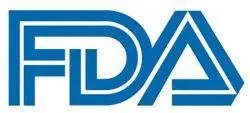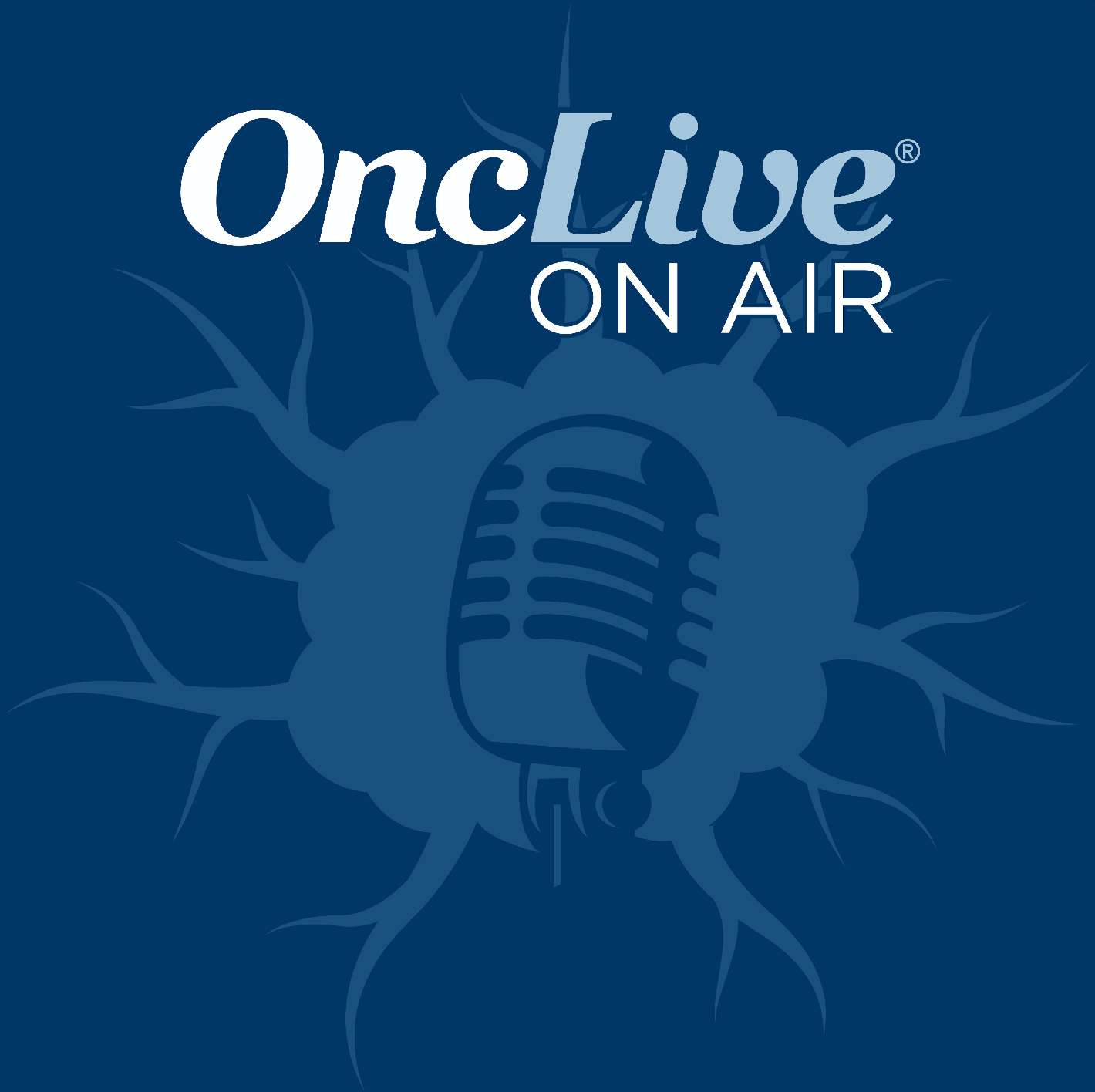News
Article
FDA Grants Orphan Drug Designation to TTX101 in Malignant Glioma
Author(s):
The FDA has granted an orphan drug designation to TTX101 as a potential therapeutic option for patients with malignant glioma.
FDA

The FDA has granted an orphan drug designation to TTX101 as a potential therapeutic option for patients with malignant glioma.1,2
TTX101 features a hydrogel nanoformulation that has enabled a 200-fold increase in drug load compared with bulk and a 5-fold increase in drug load compared with nanomilling.1 The localized therapy is applied adjunct to surgery following tumor excision, and it is designed to release its active substance over a span of weeks to cover the wound healing period between surgery and radiotherapy.2
“…The FDA orphan drug designation highlights the significant need for an efficacious therapy for this patient population as well as the potential of nanoforned TTX101 to benefit such patients Our preclinical data showed that nanoformed TTX101 can potentially be used as monotherapy as well as a synergistic agent in combination with other drugs such as temozolomide, to treat glioblastoma and other aggressive central nervous system tumors,” João Seixas, chief executive officer of TargTex, stated in a news release.1 “We believe that delivering our drug locally at the time of surgery will bring a major benefit to patients. The drug shows a highly promising profile, with an ideal diffusion profile in the brain, without significant local or systemic toxicity and enabling tumor eradication in preclinical models in rodents.”
The TTX101 program was based on a machine learning algorithm that identified a relationship between the calcium channel and the small molecule with known anticancer properties.3 High calcium channel expression has been associated with poorer survival for patients with gliomas, particularly those with glioblastoma multiforme.
Preclinical mouse models showed that the intracranial injection of TTX101 successfully reduced tumor volume, and no significant changes or evidence of toxicity were observed in the histopathology of the liver, kidneys, lungs, spleen, or gastrointestinal tract. Furthermore, necrosis or other lesions were not observed in the brain or at the site of administration.
A phase 1/2a trial is currently being planned to evaluate TTX101 in patients with recurrent glioblastoma, where the agent will be applied following the excision of the tumor.1
“TargTex is a highly valued innovative client to Nanoform. We are humbled and proud to work on this devastating disease and look forward to a successful fundraising by TargTex to provide hope for patients in need,” Christian Jones, chief commercial officer at Nanoform, stated in a news release.
References
- Nanoformed TargTex oncology drug candidate TTX101 receives FDA orphan drug designation. News release. Nanoform. October 19, 2023. Accessed October 25, 2023. https://nanoform.com/en/nanoformed-targtex-oncology-drug-candidate-ttx101-receives-fda-orphan-drug-designation/
- TargTex receives orphan drug designation to TTX101. News release. TargTex. September 22, 2023. Accessed October 25, 2023. https://targtex.com/press-release-fda-grants-orphan-drug-designation-to-targtexs-product/
- Research & technology. TargTex. Accessed October 25, 2023. https://targtex.com/research-technology/








